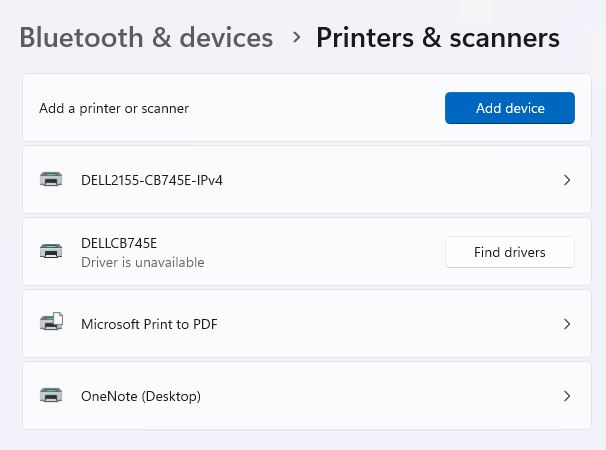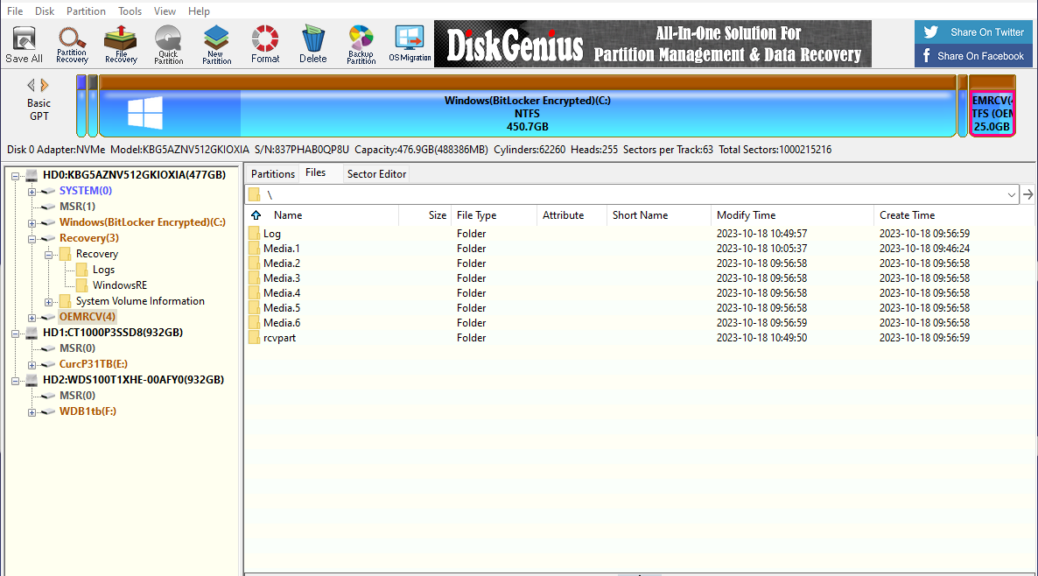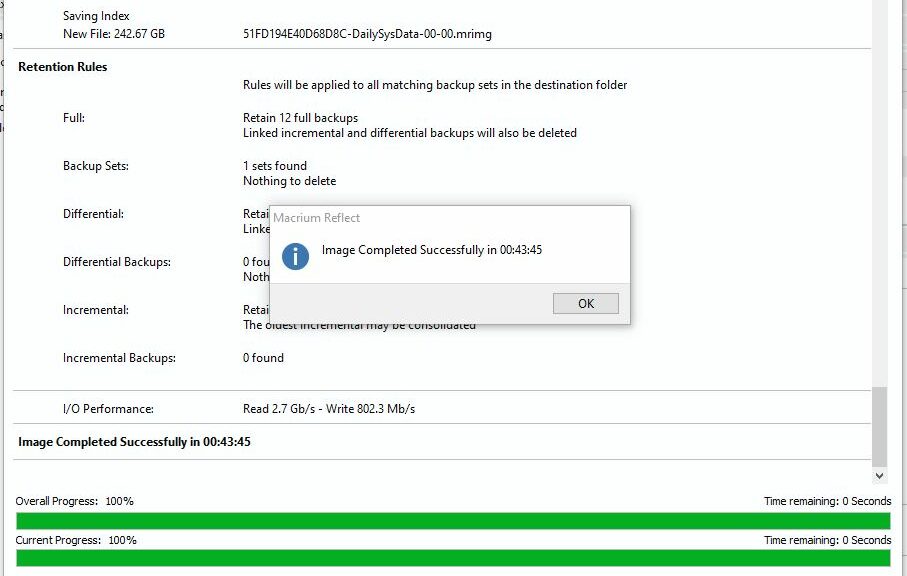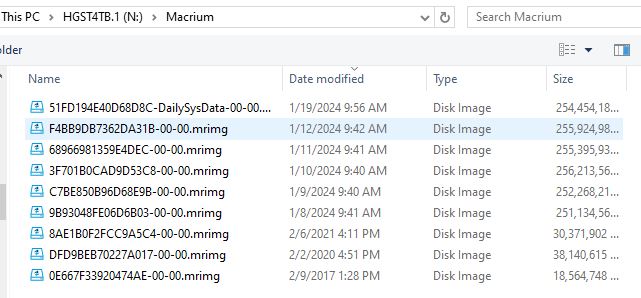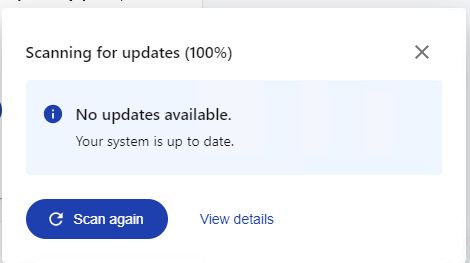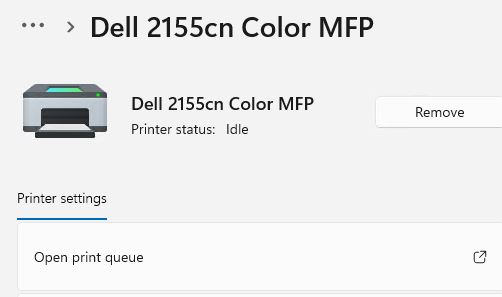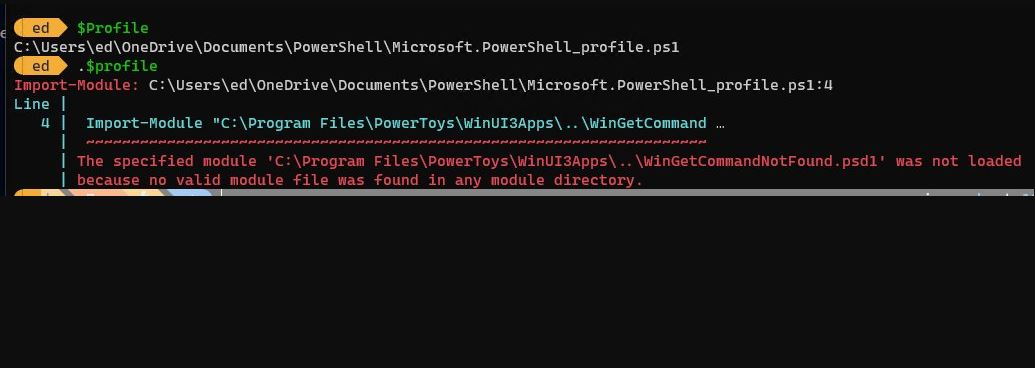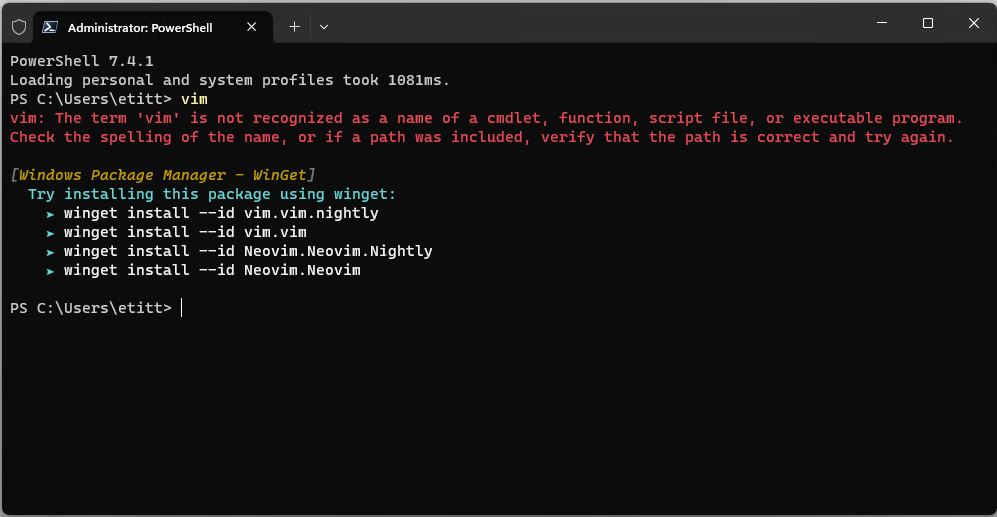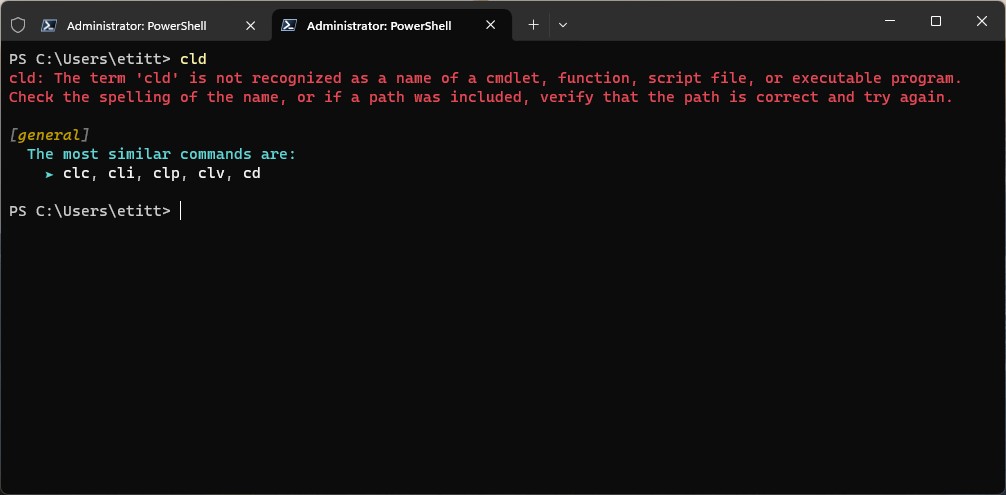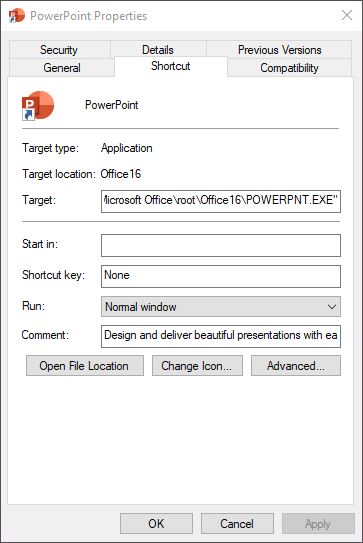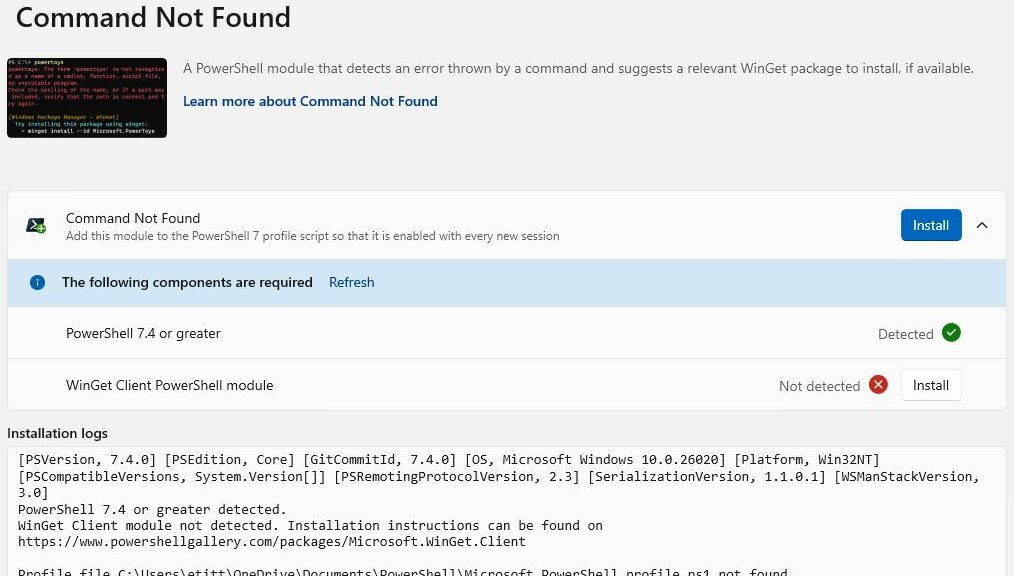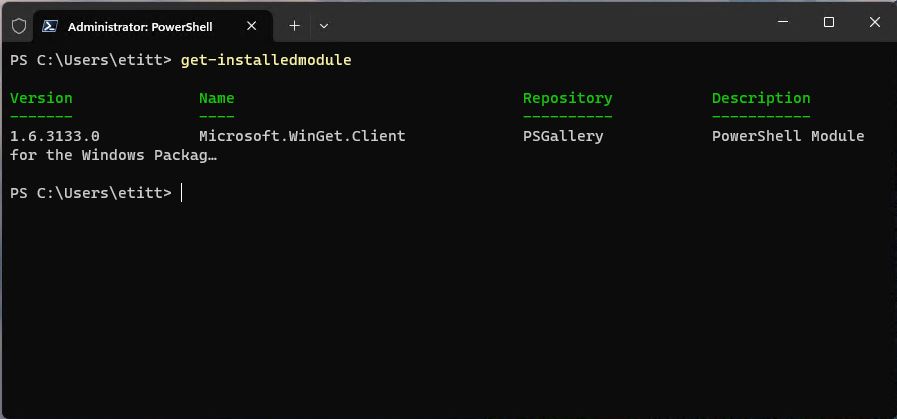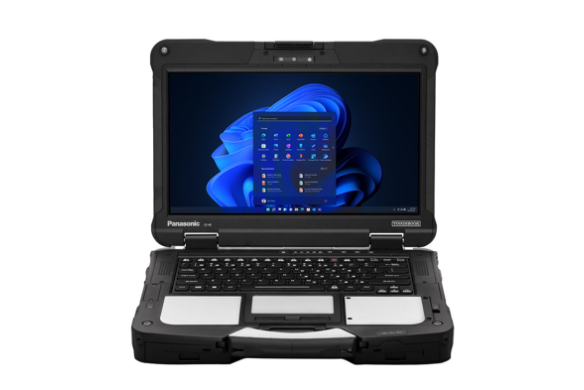Oho! How the time flies by when I’m not looking. I tried to install my Dell color laser printer — Model 2155cn — on the Toughbook FZ-55 this morning, only to get the “Driver is unavailable” error in Printers & scanners again. “Hmmm…” I wondered: “How old is that thing anyway?” Turns out it made its debut in 2011, and I bought it in 2012. Like the original Apple LaserWriter I bought in the late 1980s (and kept until I bought this one) this is one indestructible beast. Thus, I must observe that for Windows 11, adding ancient Dell printer gets interesting. Simply put: Windows no longer includes these drivers in the OS distribution!
How Adding Ancient Dell Printer Gets Interesting
So now I finally understand why I’m seeing this error in Settings. You can see it, too, in the lead-in graphic. Amusingly enough, it shows up right below the device info for the 2155cn that I just installed minutes ago, courtesy of the Dell 2155 Application for Windows, which I found at the Dell Support pages. Dell calls it the 2155cn/cdn Color MFP Software Suite and Driver.
When I look at the list of supported OSes, 11 is absent — though it does mention 10, 7, Vista and XP. It bears a release date of March 2014, too. This information, along with the settings error message, is what finally clued me into what’s going on here. This darn printer is so OLD that MS doesn’t find it necessary to include its drivers amidst the thousands of newer devices it does support. This explains what was going on for my post from last week Dell Printer MIA.
Here Comes Nothing, Printer-Wise
Interestingly, MS is switching over to the Mopria printing protocol, under the umbrella of Universal Print. It will no longer provide new drivers from printer makers starting next year (2025: see this fascinating PC World item “MS is killing 3rd-party printer drivers in Windows 11“).
So, pretty soon this won’t matter. For older printers — like the Dell 2155 cn — the only option will be downloading from the maker’s website. For newer printers that are Universal Print/mopria-savvy, things should “just work.” Maybe I need to buy a new printer so I can see about that! LOL…
